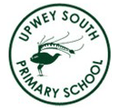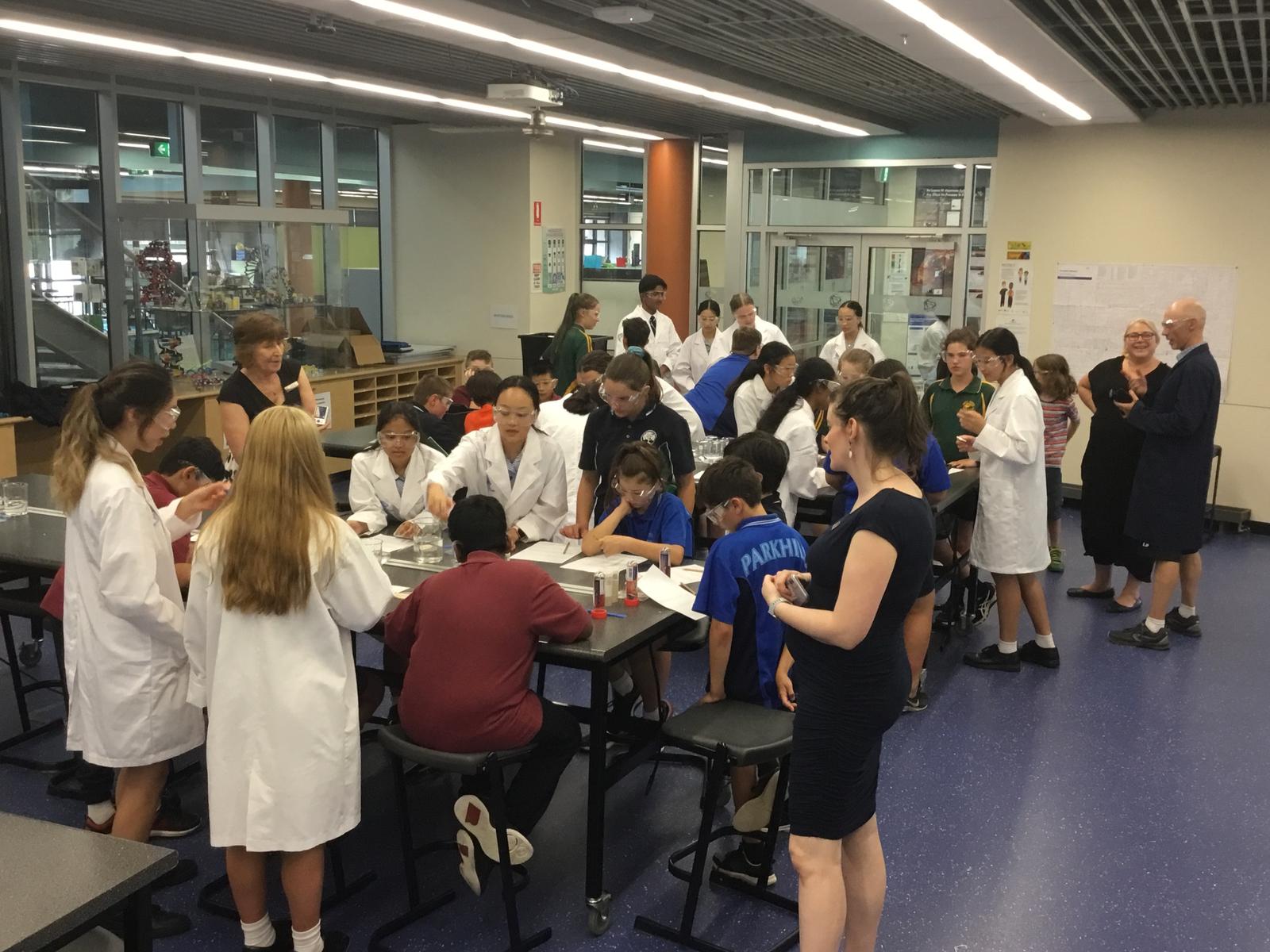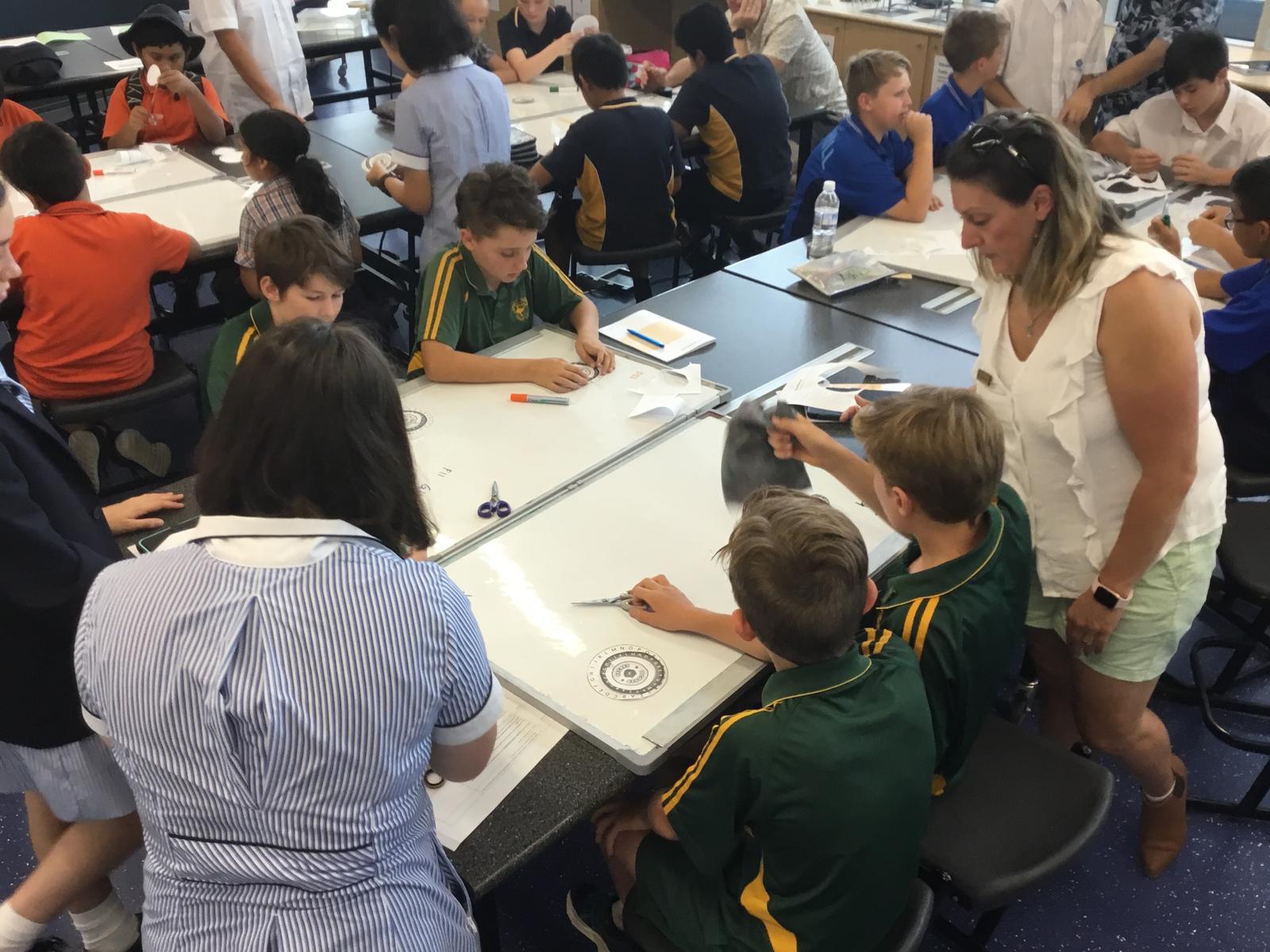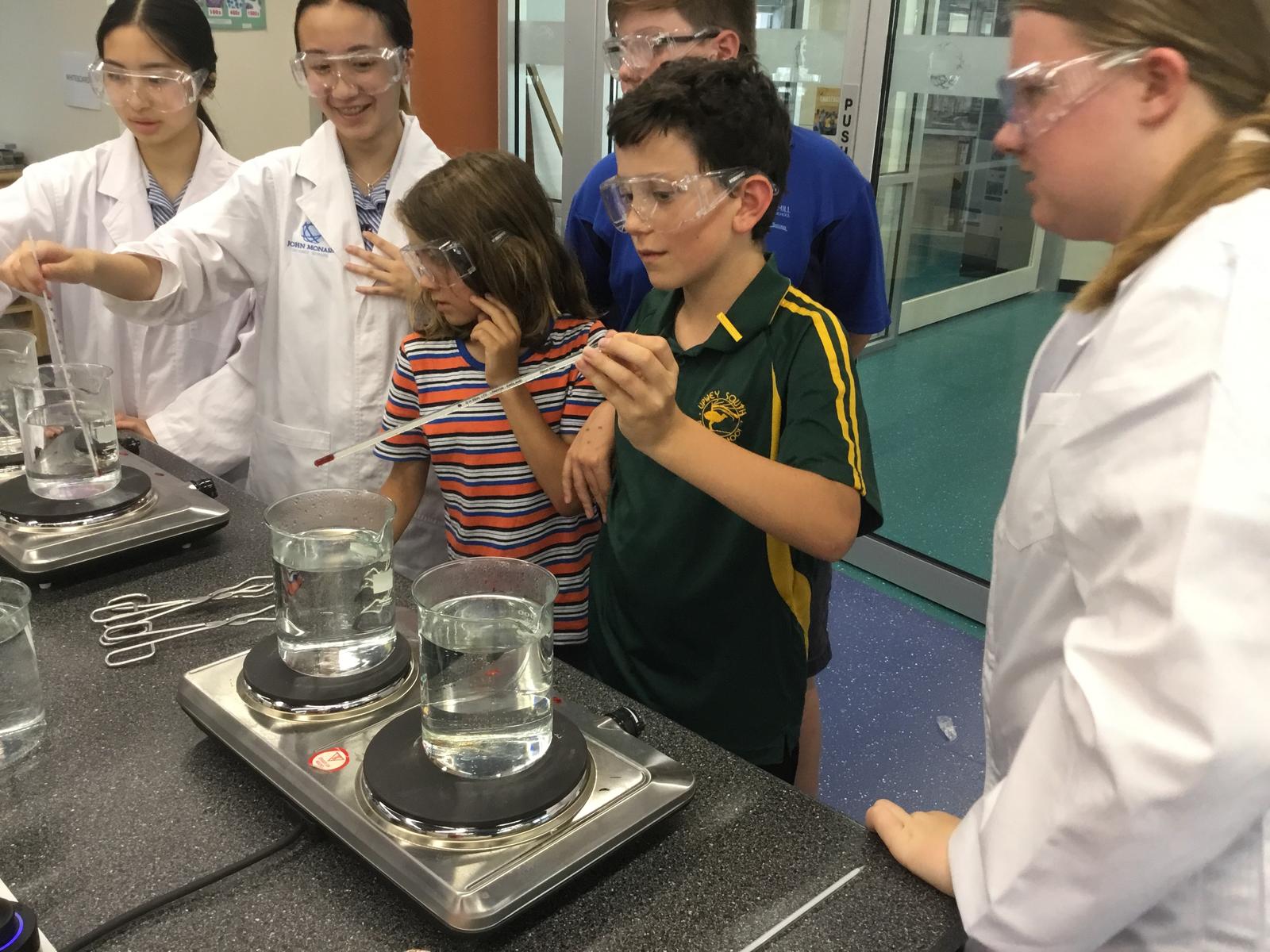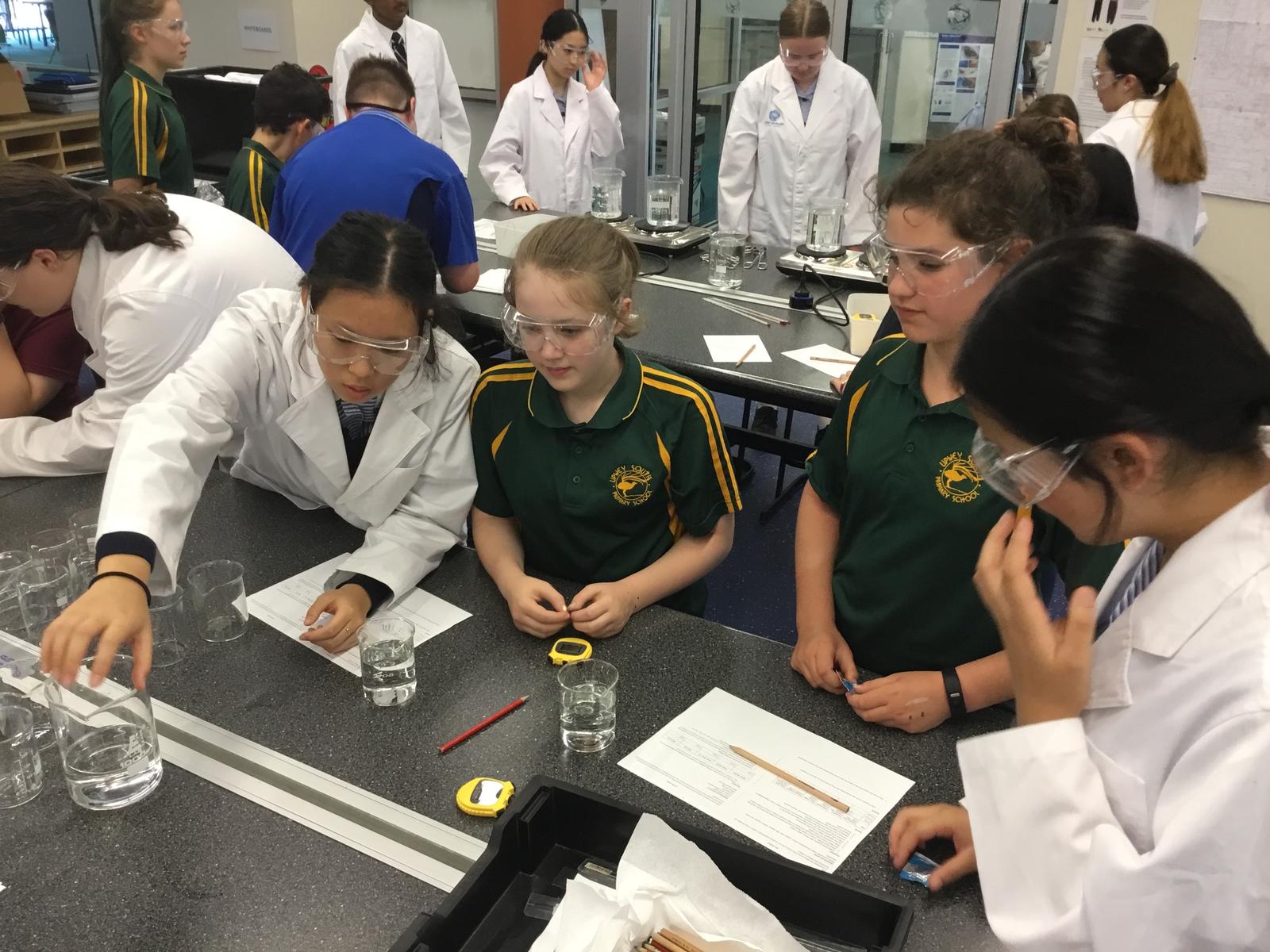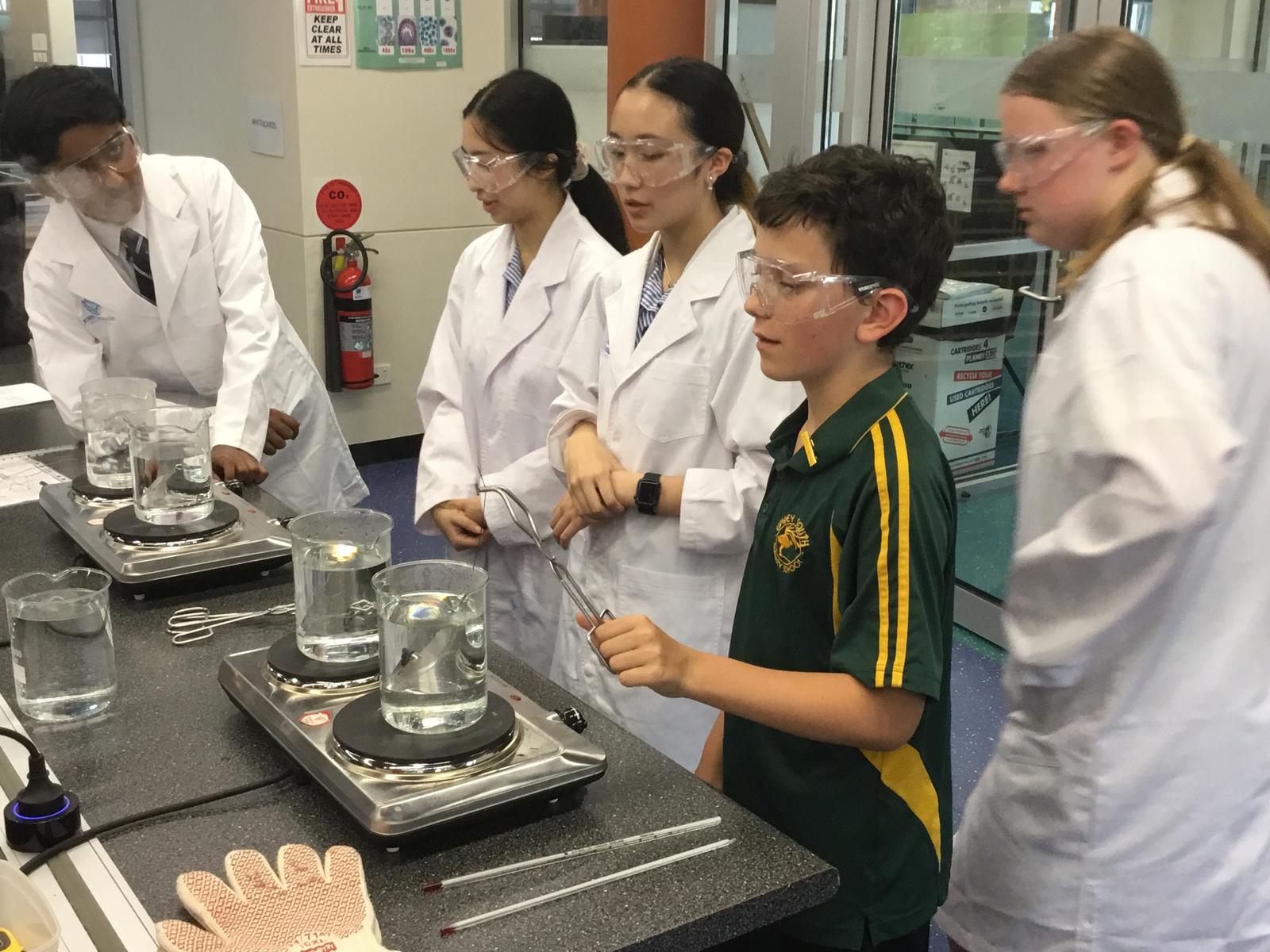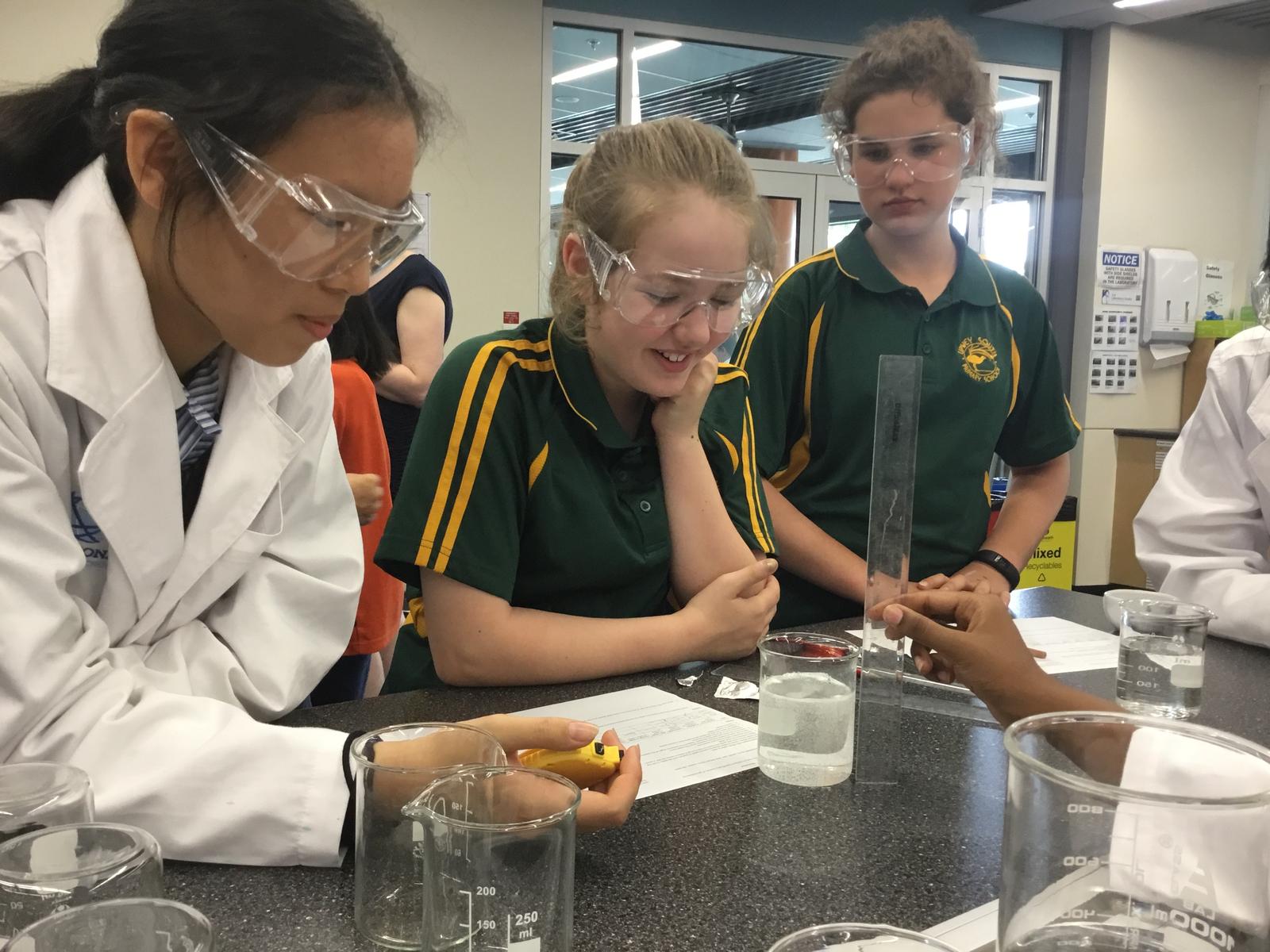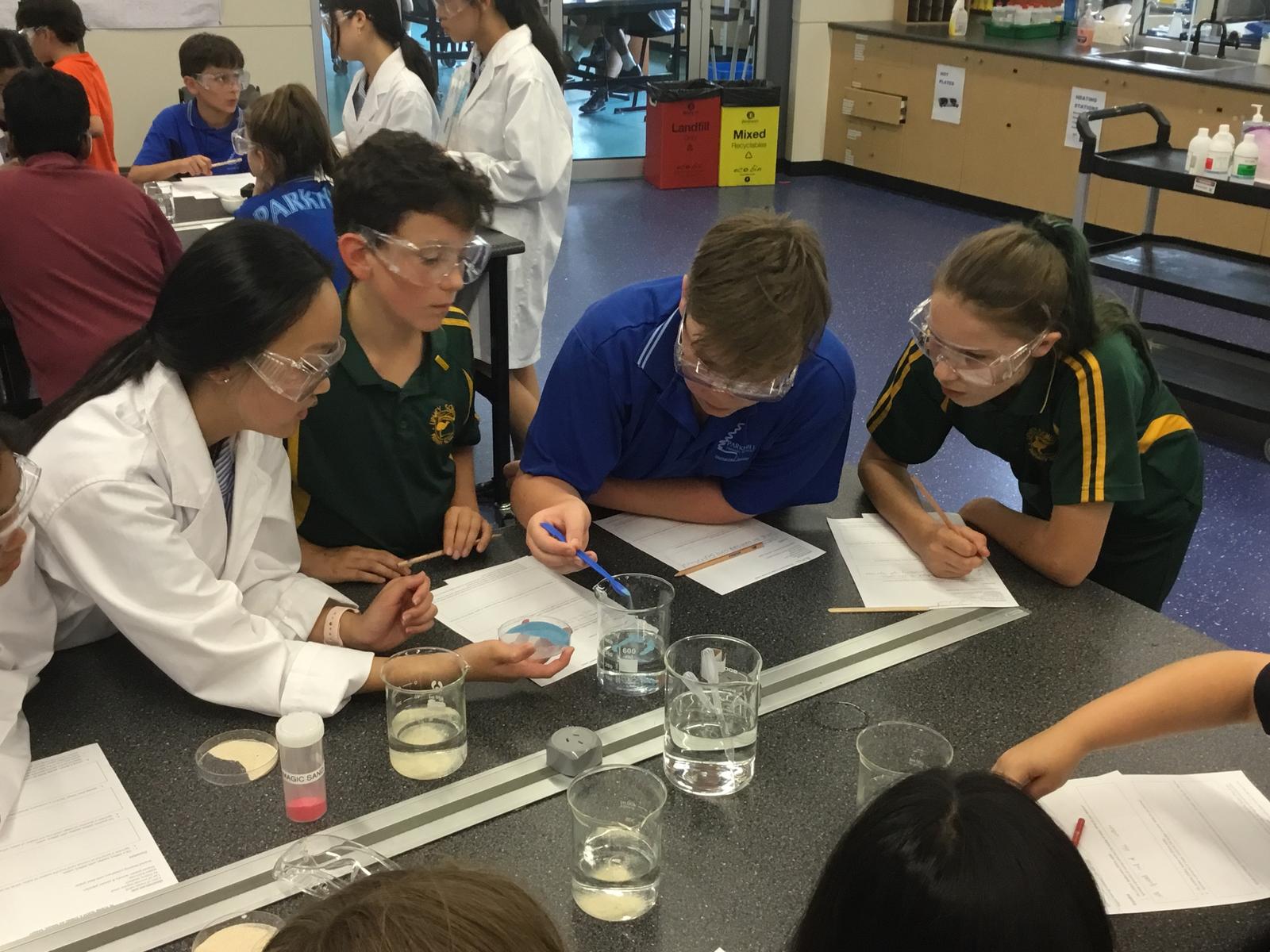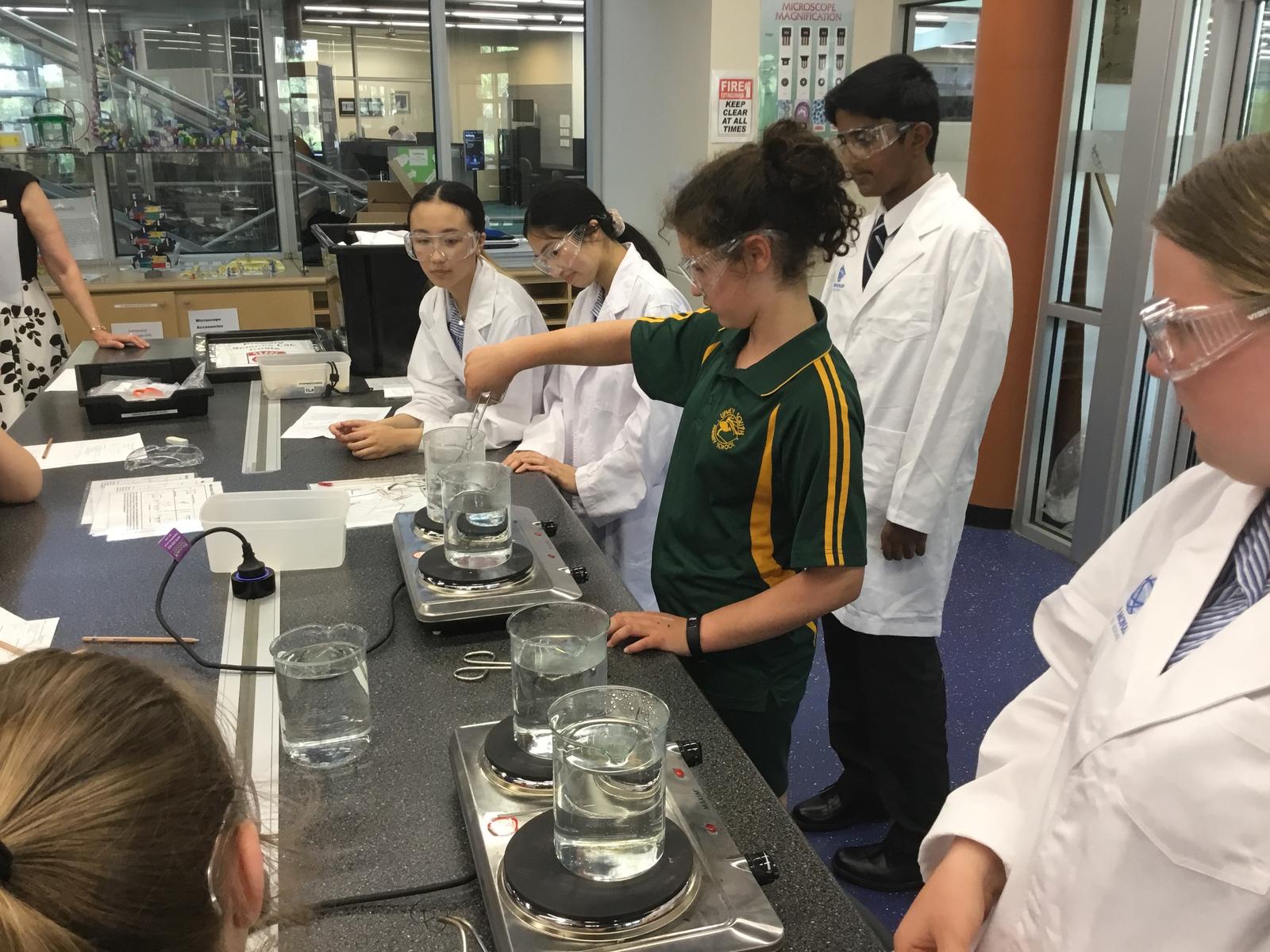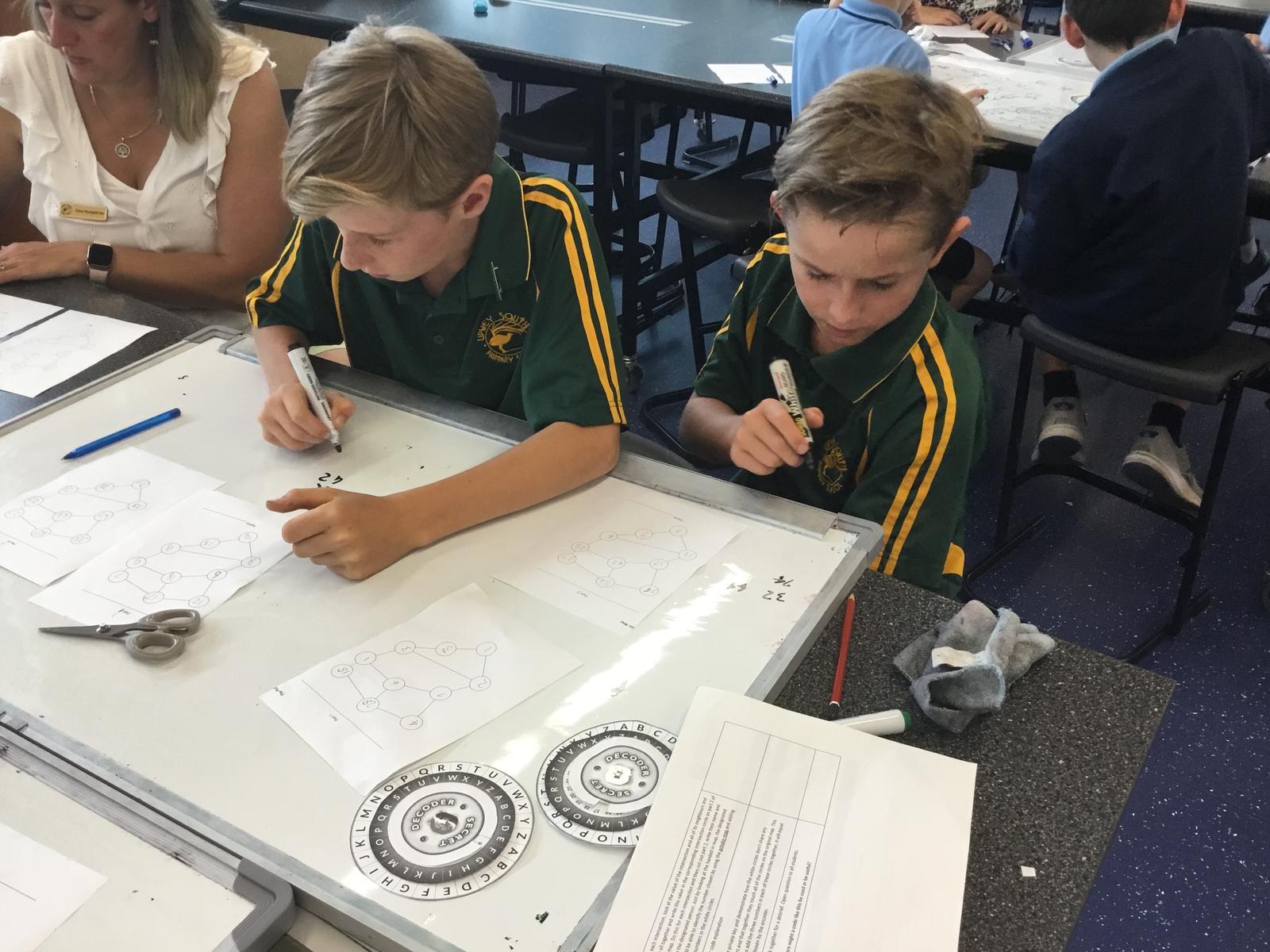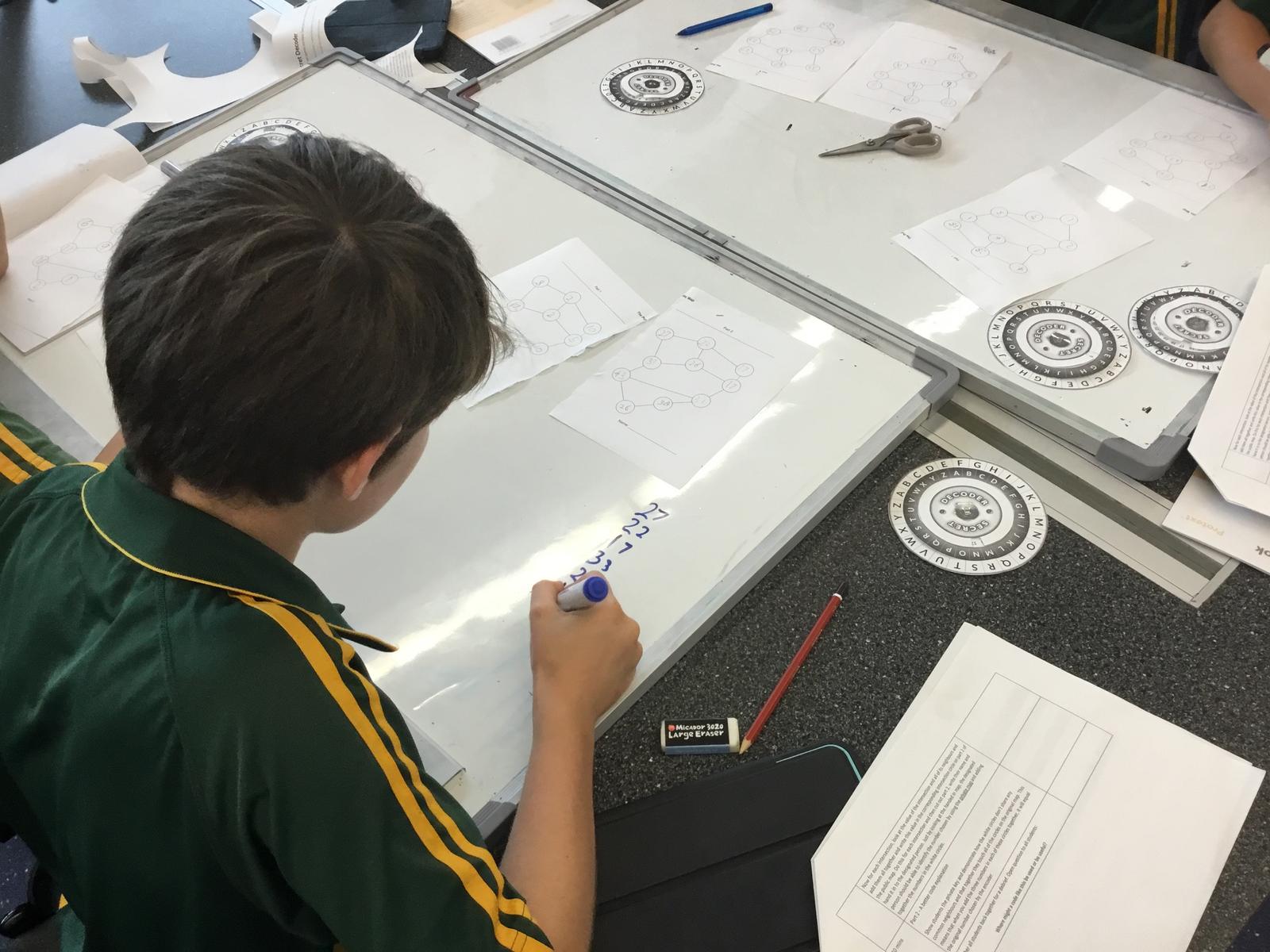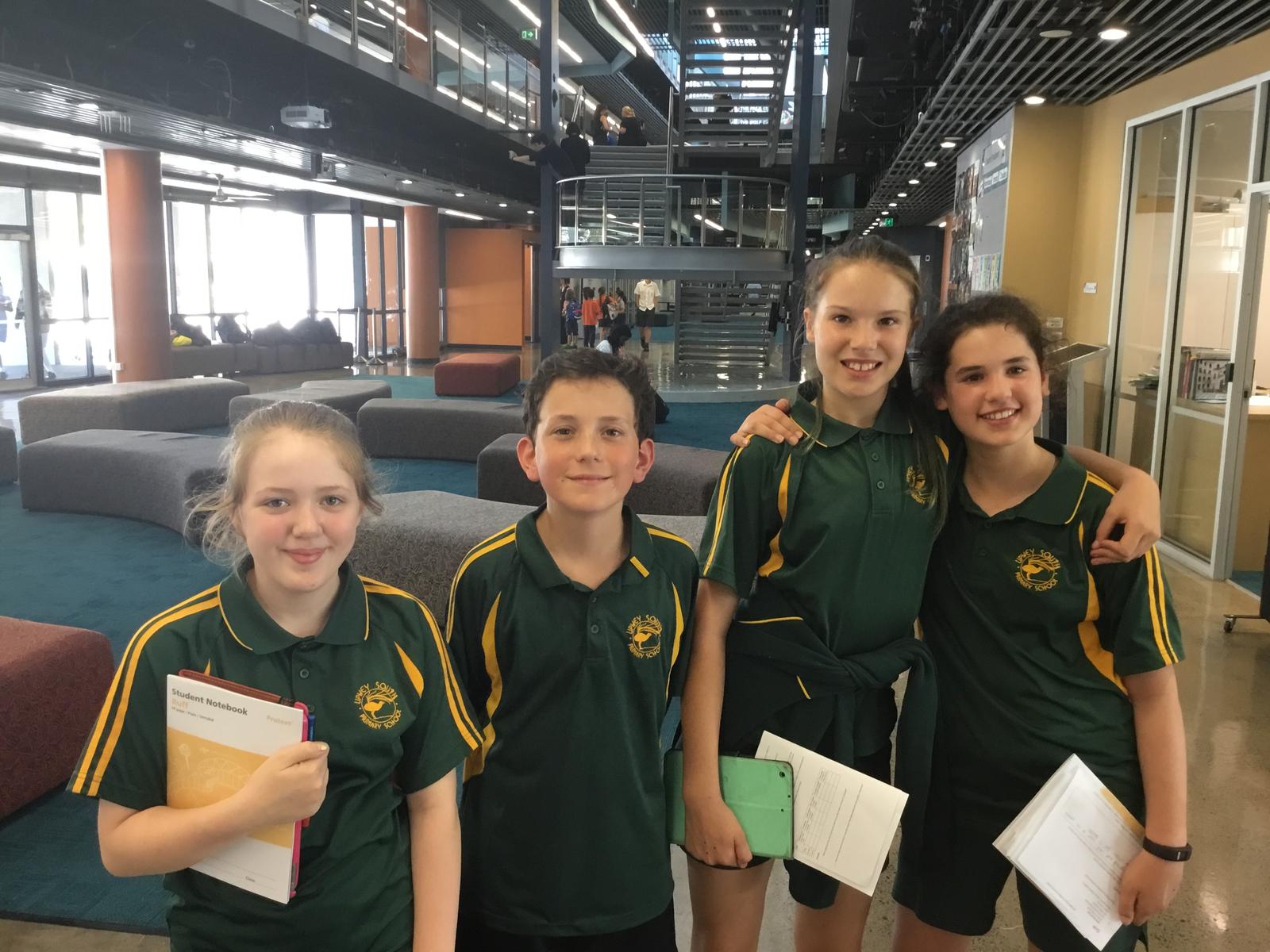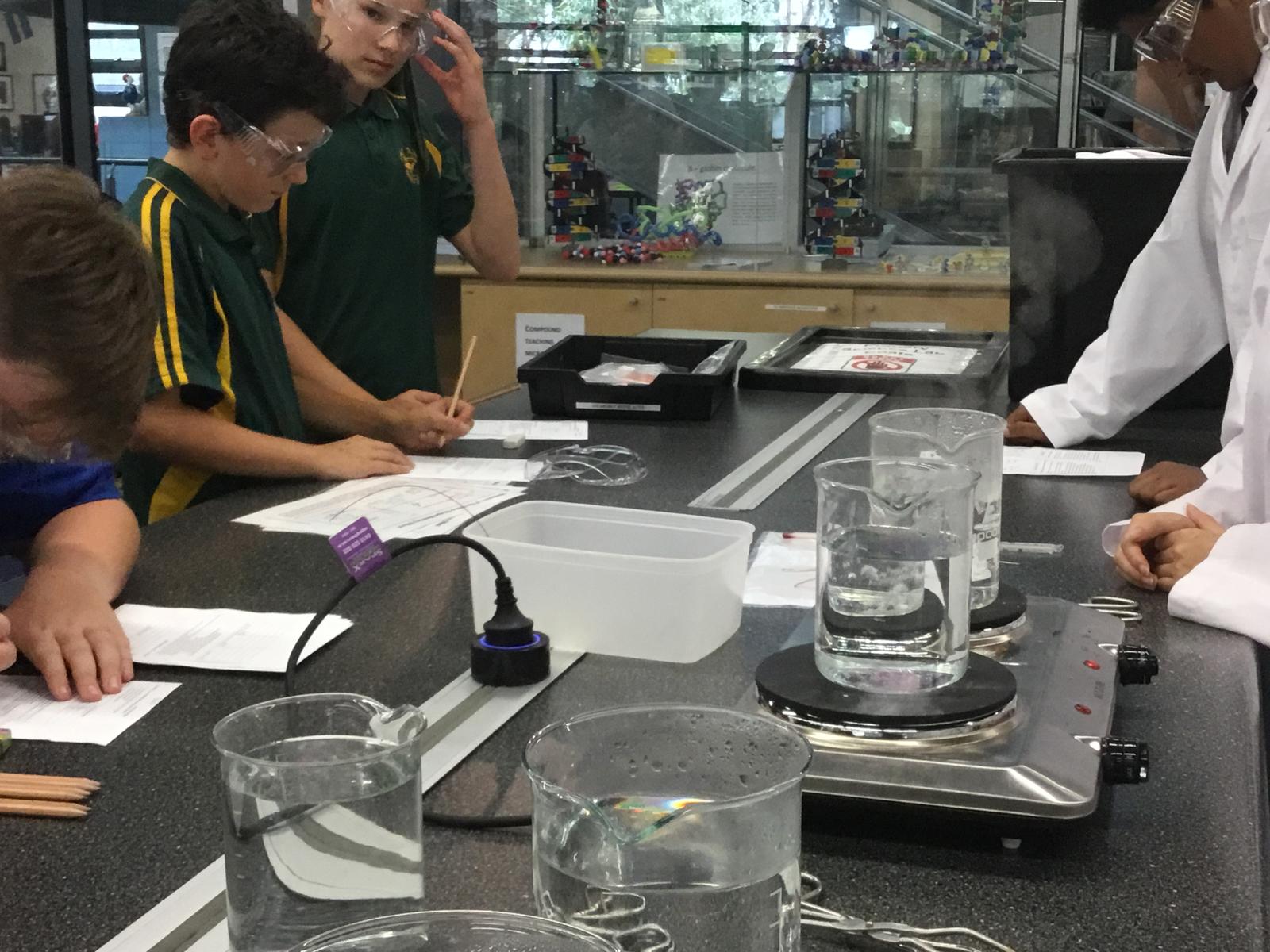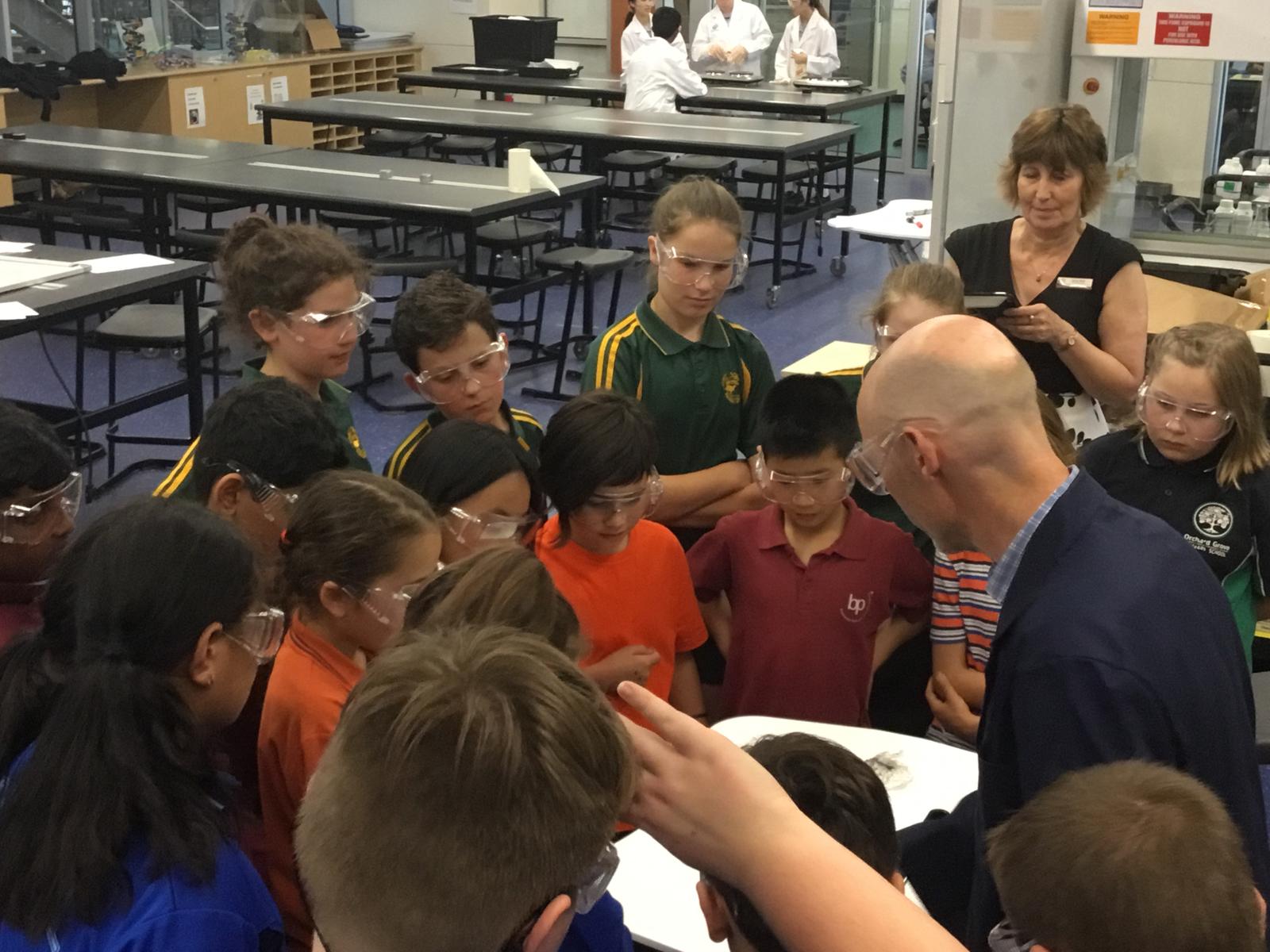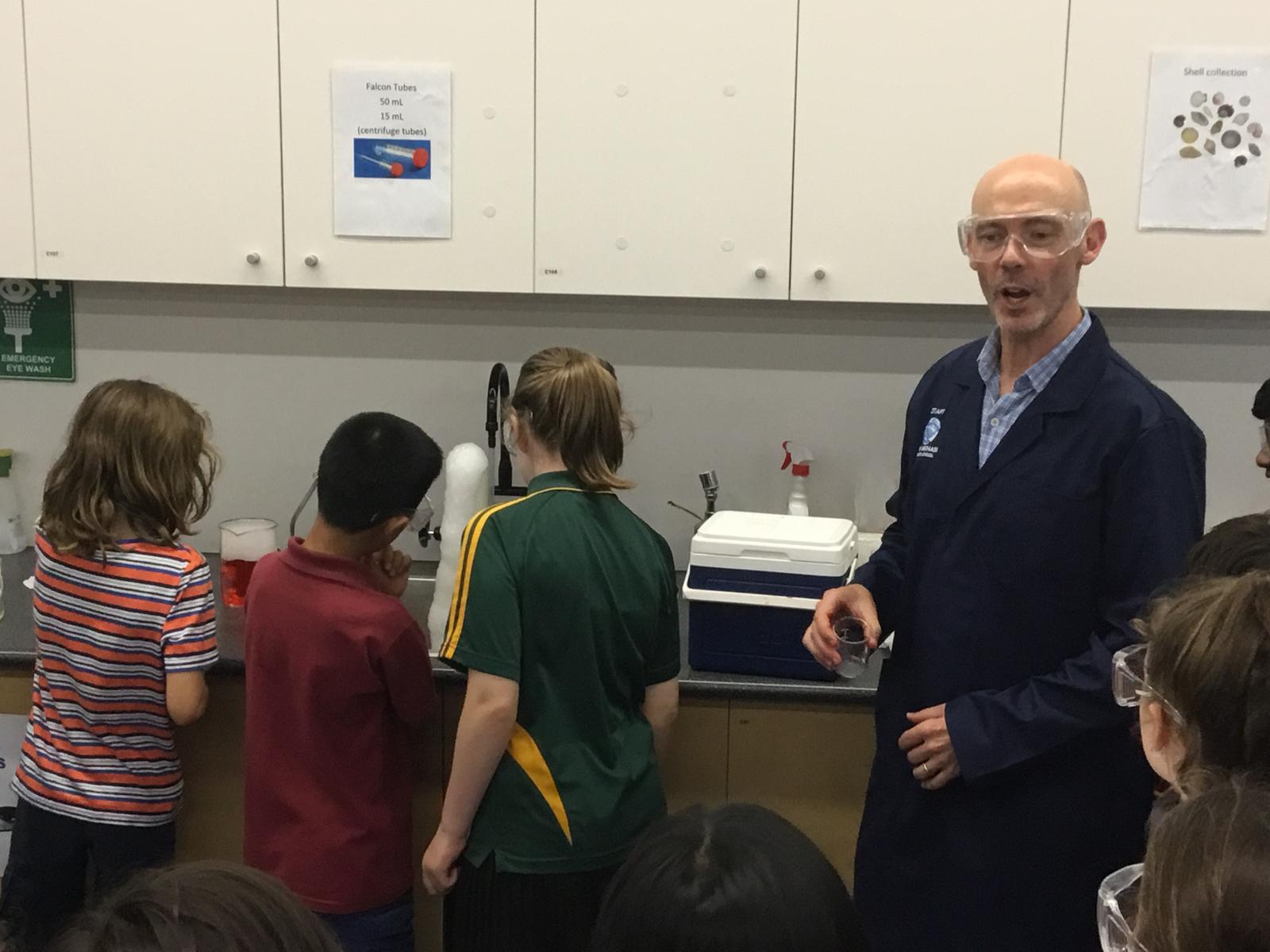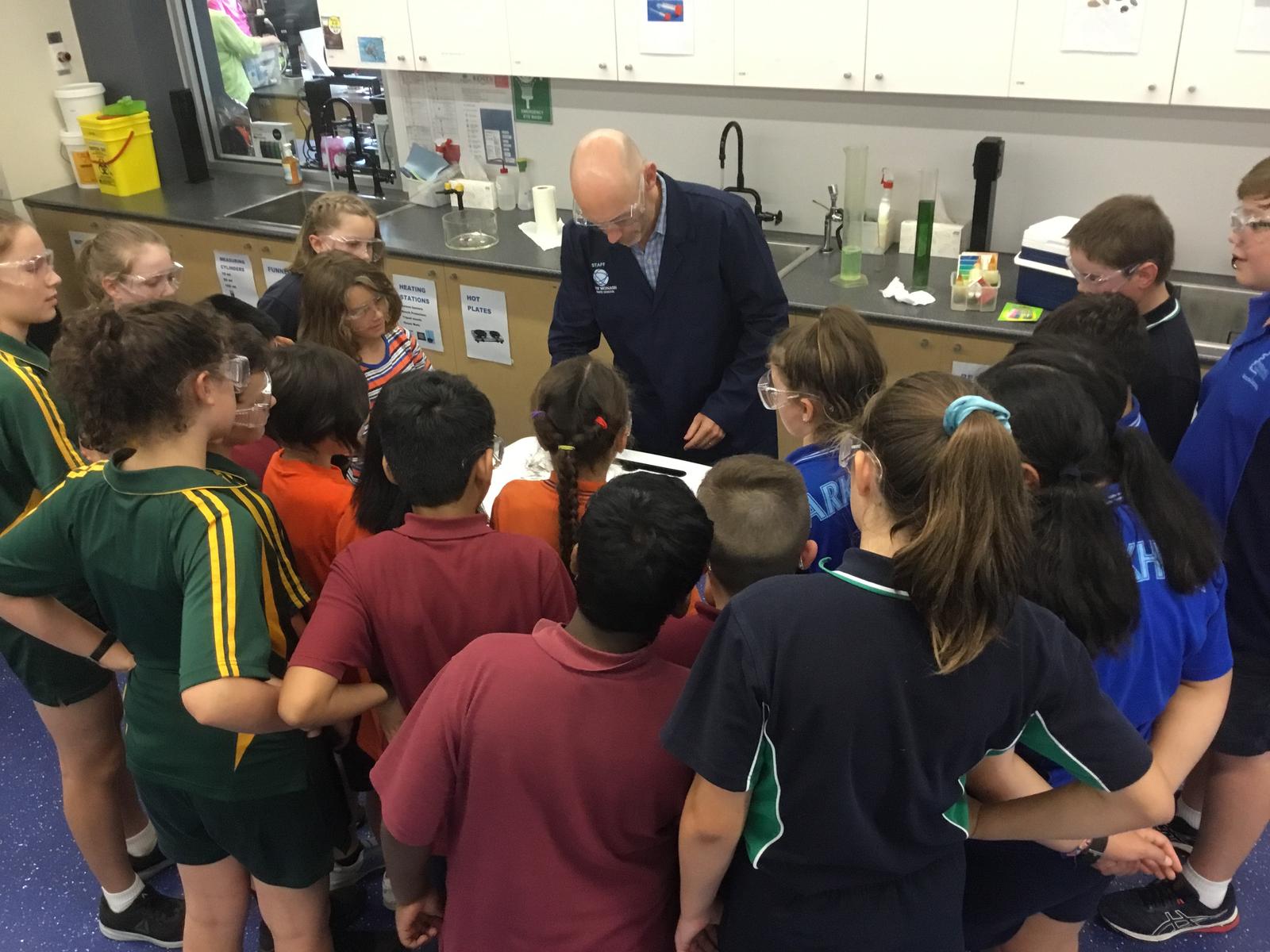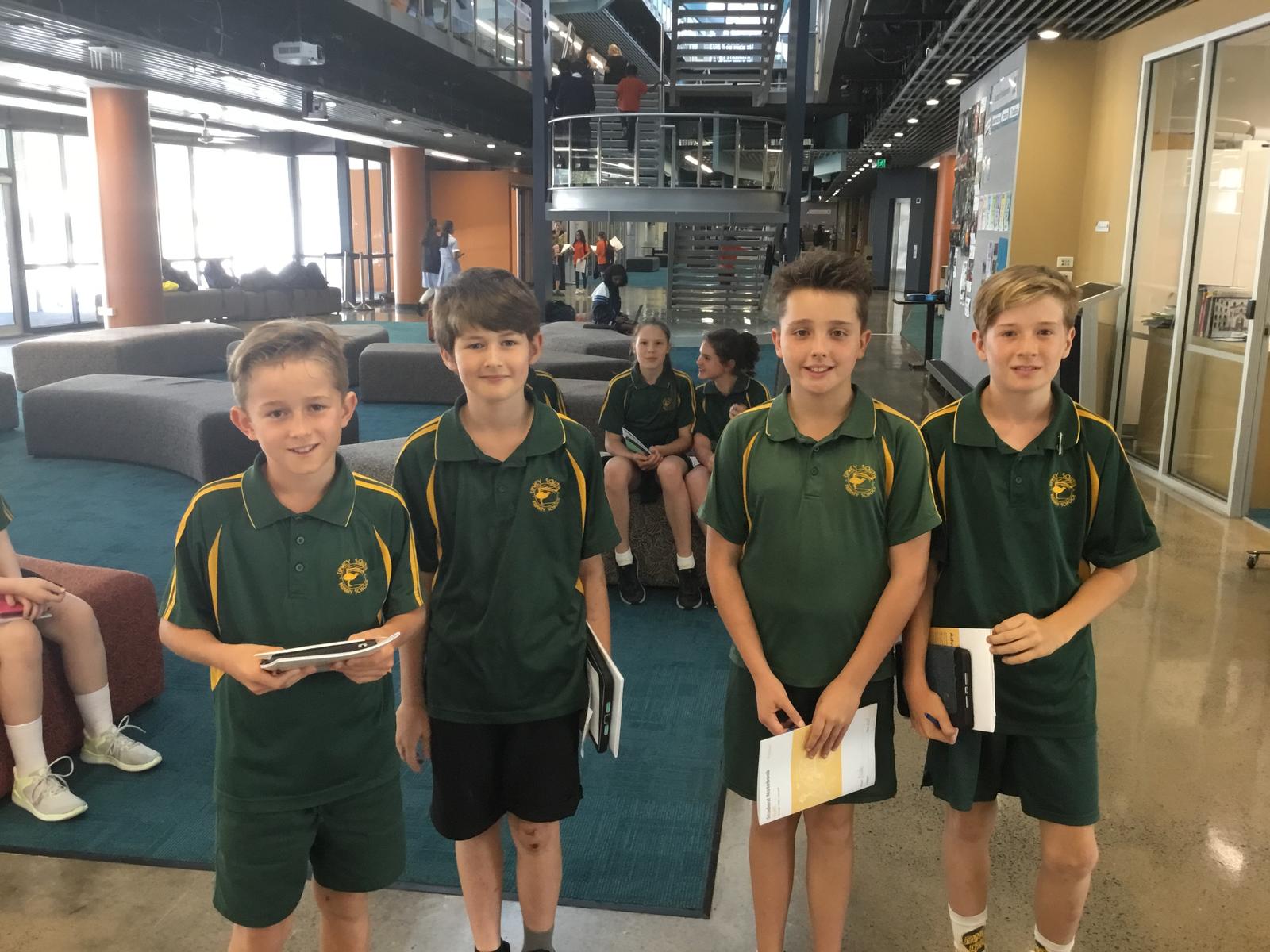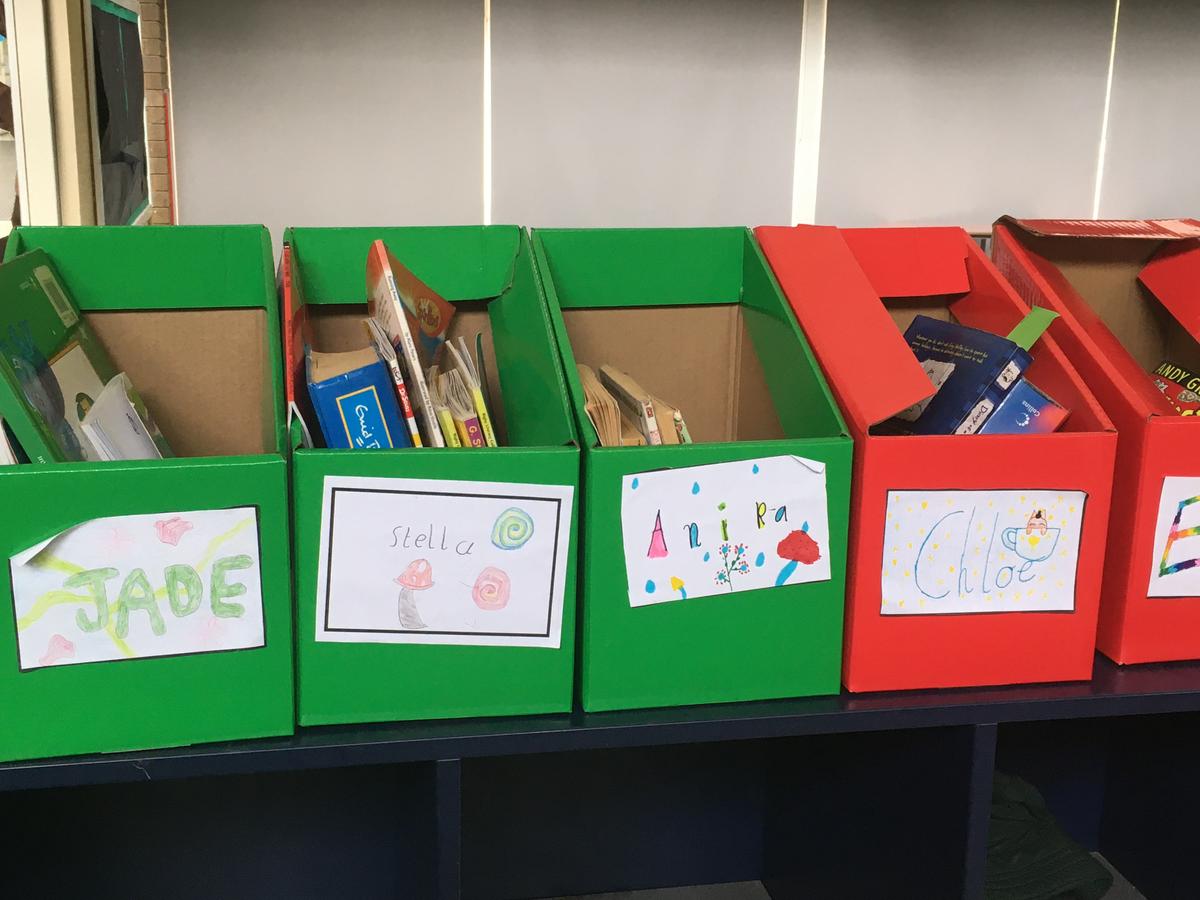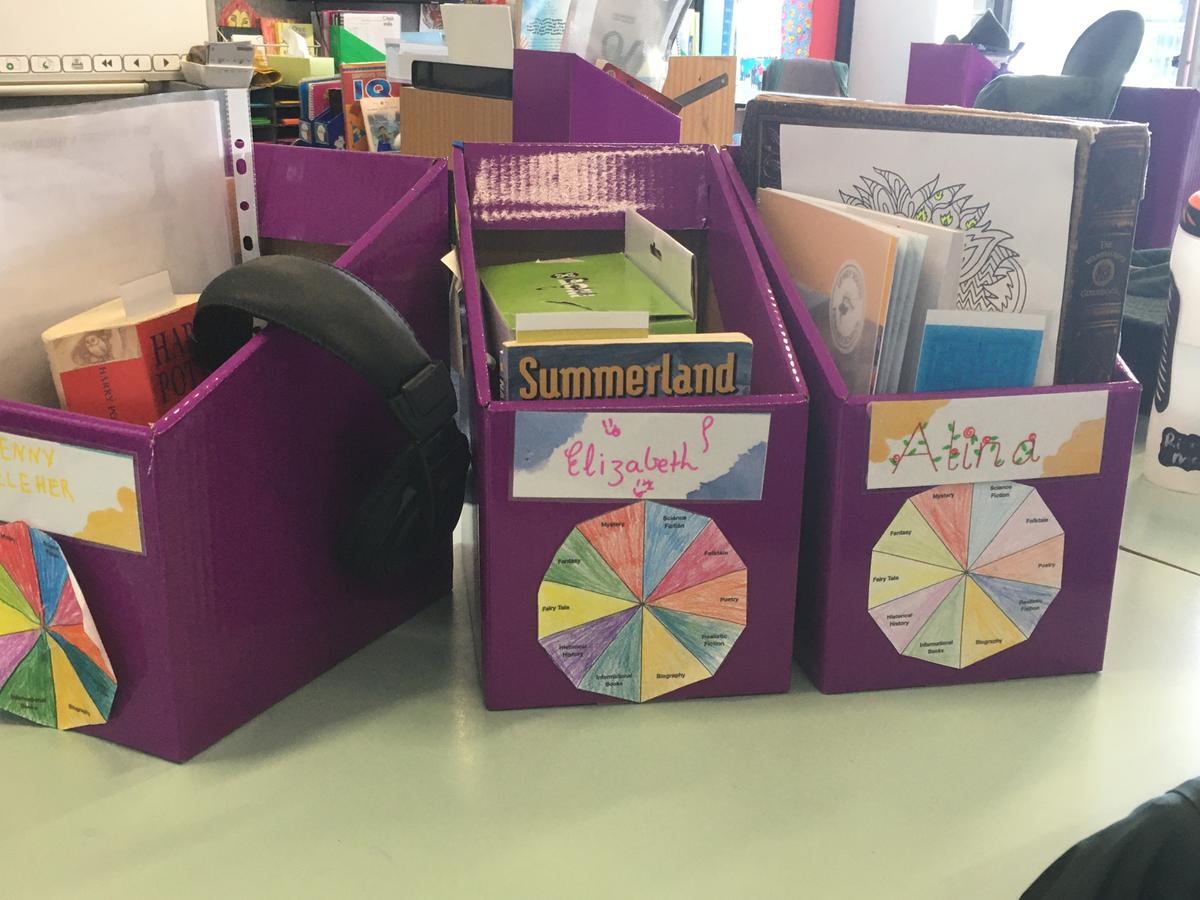Curriculum- Teaching and Learning
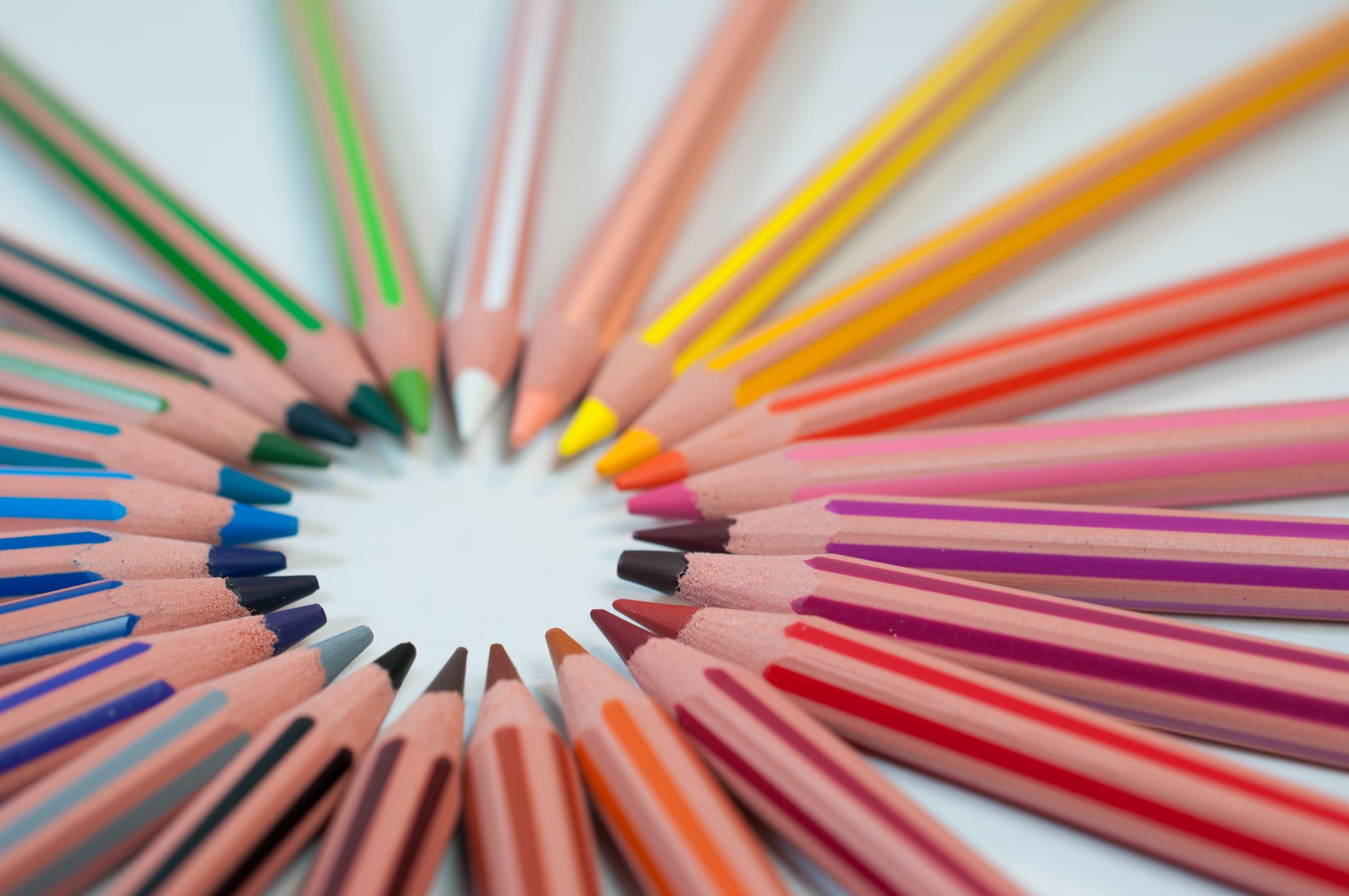
School Wide Teaching and Learning
In each edition of our school newsletter, we share with our community an insight into the curriculum being taught within our classrooms. This reflects our school's strong focus upon continuous improvement.
Each edition covers a different area of the curriculum, and is supported by our school-wide approaches to teaching and learning.
John Monash Science School Partnership
Each year, we are fortunate to take 12 Year Six students to JMSS in the first half of the year, during which time our students engage in a series of VCE level learning tasks. Please refer to last week's newsletter (Year Five/ Six section) for details on the program.
In the meantime, check out below the experiences from our first session.
Effective Reading Resources and our School Library
Across our school we promote a structure which maximizes "on-task learning time" which means that we promote our students having all of their resources at-hand, all-of-the-time. This is a part of our "ready to learn" plan.
Being "ready-to-learn" is especially important when students are engaging in reading. In order to maximise their independent reading time, students need to have a text at-hand; instead of having to spend half of the lesson "looking" for a book.
This is why at our school we have four levels of libraries, being:
- whole school library: which is visited by each class once per week
- shared level libraries: which contain texts linked to the unit of inquiry
- classroom libraries: which contain fiction and non-fiction texts which are age-appropriate, and organised by areas of interest
- personal libraries/ book boxes: which are organised by the student and utilised as part of their "ready to learn" plan.
Each student's personal library/ book box is expected to contain the following:
- A levelled text: to use when conferencing with the teacher and reading aloud to the teacher
- A picture-story book: for use of examining connections between "visualising", inferred meaning, and how the type of illustrate features can invoke unwritten feelings in the reader.
- A non-fiction text: linked to the area of Inquiry within the classroom.
- A self-interest text: this can be from home or school, and is to be used to assist with "writing seeds" and promoting a love of reading for enjoyment (low-stakes reading)
- A micro-read: this is a text which the student can read for a short period of time, and then "pick-up" again at a later stage (such as reading an interesting newspaper article, or poem during brain-food time).
What's the Curriculum focus coming up in the next edition of the newsletter?
In the next edition of our newsletter, we will be sharing information regarding how families can use the information contained with our Student Diaries to stay connected with what's happening across the school.
